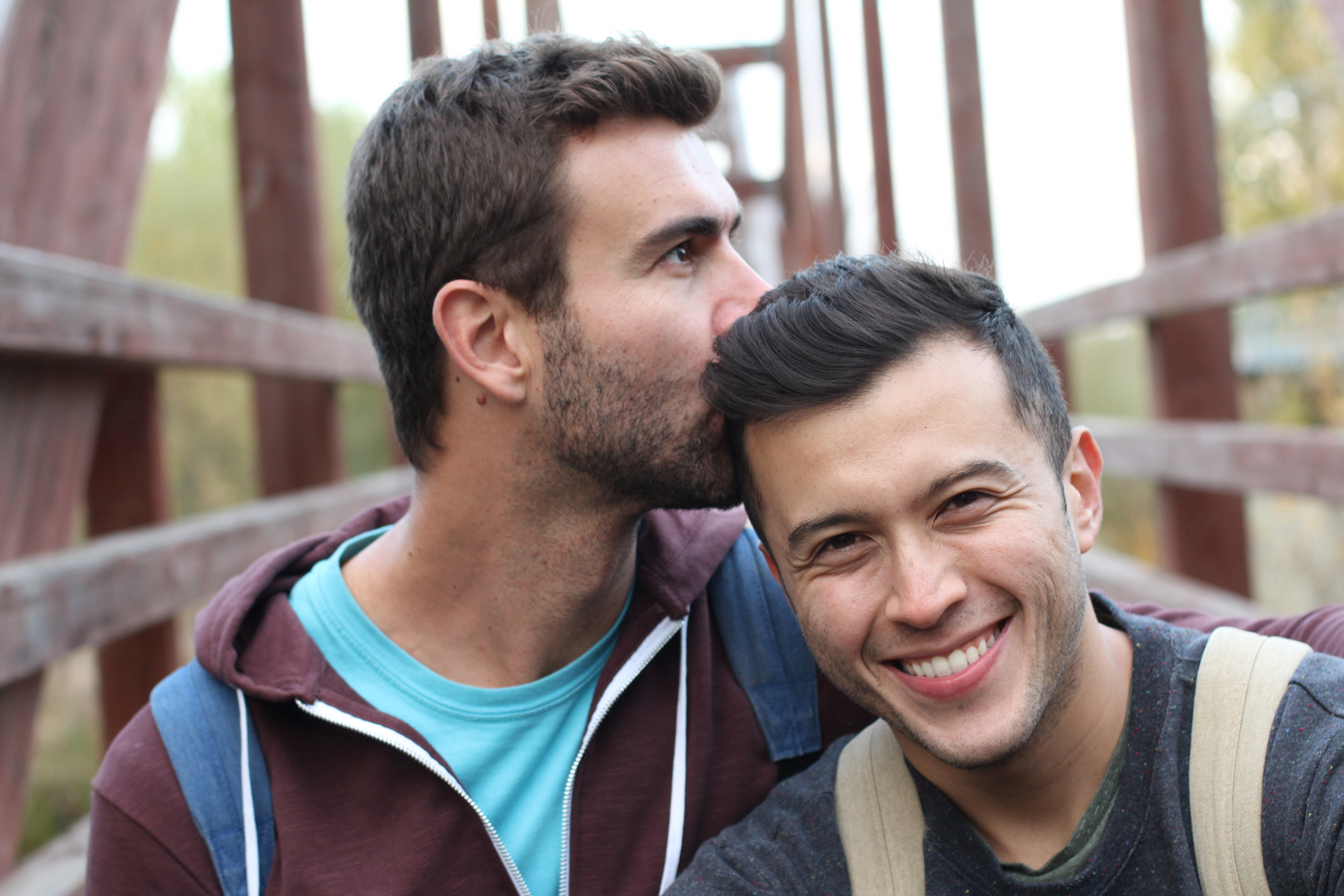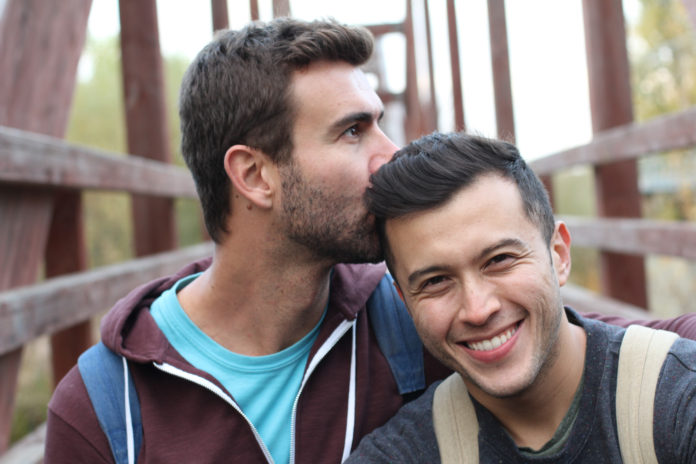
Scientists have found links between a man’s sexual orientation and different biological mechanisms. Past studies have suggested signs of how a man’s immune system works, as well as his hormones and genes, could be associated with his sexual orientation.
These include not being right-handed (which evidence suggests is more common in gay than heterosexual men); same-sex attraction running in the family; and fraternal birth order. This is the idea that the more older brothers a man has from the same mother, the more likely he is to be gay.
The authors of the study published in the journal PNAS investigated whether these categories, which they described as biomarkers, are found in the same people, or spread across subgroups of gay men. They carried out a statistical analysis using data on both heterosexual and nonheterosexual men.
A total of 827 men aged over 18 were recruited via Facebook adverts for the study. The participants reported the sexual orientation they identified with, and answered questions on their sexual attraction to members of the same and opposite sex. They also detailed their fraternal birth order; their dominant writing hand or hands; how many gay or bisexual relatives they had in their family; and whether they were gender-conforming. This describes how closely a person’s gender expression differs from the conventional expectations of masculinity.
Most of the men studied did not fall into any of the categories, the scientists found. But almost all who did were nonheterosexual. Men who fit in the biomarker subgroups were also more likely to be gender non-conforming, compared with those who didn’t. The participants who fit in the fraternal birth order group were the “most female-typical” and “agreeable” compared with the others, the authors said.
The scientists concluded: “Together, these findings suggest there are multiple distinct biodevelopmental pathways influencing same-sex sexual orientation in men.”
They wrote: “Studying individual differences in gender and sexual orientation provides insight into how early-life biology shapes brain and behavior.”
Qazi Rahman, a senior lecturer in the psychology department at King’s College London whose research concerns the biological origins of sexual orientation in humans and LGBT mental health, was not involved in the research. He told Newsweek the study shows “we can’t consider sexual minority groups as one population. There is lots of diversity within these populations.”
Rahman said he was surprised by the data-driven approach of the researchers: “Letting the statistical analysis drive the results rather than theory. This has some advantages but is controversial in certain areas of science.”
Pointing out the limitations of the work, Rahman argued it was not clear how the sub-groups featured in the study related to actual sexual orientation.
He asked: “Are gay and heterosexual men who have more of one thing (e.g., more older brothers) different in their actual sexual preferences?” He also questioned whether the groups could be truly considered “biomarkers.”
Rahman described the findings as “purely basic science” which “enhance[s] our fundamental understanding of this important trait in human nature.”
The take-home message is that people who are homosexual are different and not all the same, said Rahman.
Professor Brian Mustanski, director of the Northwestern University Institute for Sexual and Gender Minority Health and Wellbeing, who was not involved in the study told Newsweek this is the first study to look at three biological factors related to male sexual orientation together, and to see how they may interact to influence a man’s sexual orientation.
“Their finding that each of these biomarkers are largely unrelated suggests that genes, hormones, and the immune system may have unique influences on the development of a man’s sexual orientation,” he said.
“Future research with larger numbers of bisexual men may help to understand if these same biological mechanism are related to a man identifying as gay and bisexual or if there are different mechanisms that lead to these two outcomes,” argued Mustanski.
The findings are only relevant to sexual orientation in men, as the study did not include other genders, according to Mustanski. “Less is known about the development of sexual orientation in other genders,” he said.
This article has been updated with comment from Brian Mustanski.








